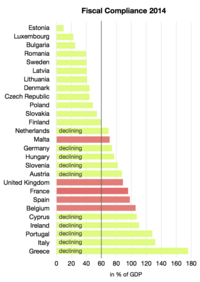
Photo from wikipedia
Despite various reported analytical methods for topiramate (TPM) analysis, greener analytical approaches are scarce in literature. As a consequence, the objective of the current research is to design a normal-phase… Click to show full abstract
Despite various reported analytical methods for topiramate (TPM) analysis, greener analytical approaches are scarce in literature. As a consequence, the objective of the current research is to design a normal-phase stability-indicating high-performance thin-layer chromatography (SI-HPTLC) methodology for TPM analysis in marketed tablet dosage forms that is rapid, sensitive, and greener. TPM was derivatized densitometrically and analyzed at 423 nm in visible mode with anisaldehyde-sulfuric acid as the derivatizing agent. The greener SI-HPTLC technique was linear in the 30–1200 ng band−1 range. In addition, the suggested SI-HPTLC methodology for TPM analysis was simple, rapid, cheaper, precise, robust, sensitive, and environmentally friendly. The greener SI-HPTLC method was able to detect TPM along with its degradation products under acid, base, and oxidative degradation conditions. However, no TPM degradation was recorded under thermal and photolytic stress conditions. TPM contents in commercial tablet dosage forms were recorded as 99.14%. Using 12 different principles of green analytical chemistry, the overall analytical GREEnness (AGREE) score for the greener SI-HPTLC method was calculated to be 0.76, confirming the proposed normal-phase SI-HPTLC method’s good greener nature. Overall, these results demonstrated that the suggested SI-HPTLC technique for TPM measurement in pharmaceutical products was reliable and selective.
Journal Title: Materials
Year Published: 2022
Link to full text (if available)
Share on Social Media: Sign Up to like & get
recommendations!